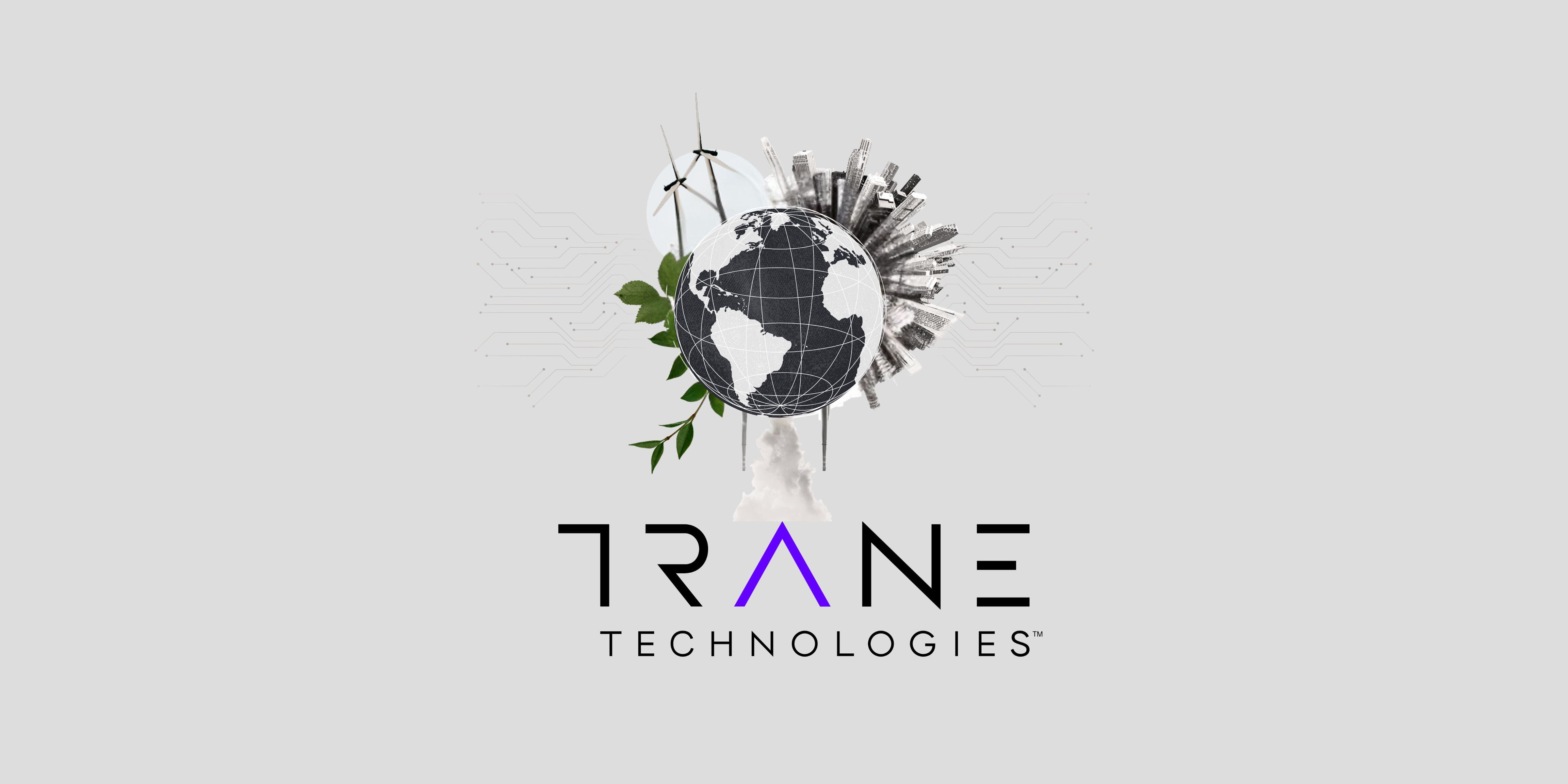AC et GES : l'énigme du refroidissement

[EN] ACs and GHGs: the Cooling Conundrum
ACs vs GHGs: the heat is on
The Pacific Northwest is sequestered under a sweltering dome of heat. From the Great Plains all the way to coastal California, people are literally succumbing to unprecedentedly high temperatures. In fact, Phoenix, AZ, managed to break its own record, measuring 46°C (115°F) for five consecutive days and Seattle (not exactly known for its sunny weather) saw triple-digit temperatures for three straight days.
Fortunately, services such as the City of Seattle’s Human Services Department, are providing “cooling shelters” – large, air-conditioned spaces offering a potentially life-saving reprieve to the more vulnerable, particularly to the aging and homeless populations.
Those lucky enough to have personal ACs are cranking them up, others are turning to air-conditioned malls, libraries, and offices for respite. But keeping cool in the heat presents a conundrum. According to the International Energy Agency, air conditioning is the fastest-growing use of energy in buildings. With temperatures increasing each year, demand for air conditioning systems is expected to triple by 2050. 30% of this demand will come from commercial buildings, and, considering that these buildings’ heating, ventilation, and air conditioning (HVAC) systems account for around 35% of US buildings’ total energy consumption, the consequences of such an increase in energy usage could be colossal.
Currently, the US consumes as much electricity for air conditioning annually as the UK uses in total. As the rest of the world grows warmer, air conditioning is projected to eat up around 13% of global electricity supplies and produce two billion tons of CO2 each year, only adding to increasing overall temperatures. This won’t just take a toll on our environment; it will have a substantial impact on our electric bills too.
As Andrew Dessler, a climate scientist at Texas A&M University, recently tweeted, “If you want to cool your house to 75°F and the outside temperature increases from 95°F to 98°F, that *small* change means you need… 1.3x more energy to cool.” This implies you’ll need 30% more power, which equates to a 30% higher electricity bill – all for a three degree increase in temperature.
It’s not just high energy bills and emissions that individuals need to worry about. Currently, electricity providers in the US are deeply concerned that increased air conditioning due to the extreme heat could severely strain state power grids. In Texas, utility companies are even asking customers to turn off appliances. This is because current grids weren’t designed to withstand such heavy loads. As Dessler explains, “most people might not notice that it’s getting a bit hotter each year, but then the temperature reaches a certain threshold and all of the sudden the grid goes down. There are a whole bunch of these thresholds built into our infrastructure.”
It’s unlikely the strain on our grids will ease up without some serious intervention. Experts conclude that climate change will continue to drive temperatures even higher, increasing the frequency of heat domes like the one we’re seeing in the Pacific Northwest.
Rising temperatures: a global issue
For those who don’t know, a heat dome is an area of high pressure that hovers over a region. Essentially, it works the same way as the lid of a pot, trapping and retaining heat for longer. In a heat dome, high pressure traps warm air, resulting in heat waves, droughts, and wildfires. The phenomenon is caused in part by rising ocean temperatures, which is, in turn, caused by GHG emissions.
Heat domes, experts say, will become increasingly more likely each year due to the climate crisis. Indeed, the science is clear about how climate change will influence our weather in the future: heat will become more extreme and extreme heat will become more likely. It is projected that, by 2050, cities in the Northern Hemisphere will experience temperatures similar to today’s in cities more than 620 miles south and, in the Pacific Northwest, GHG emissions are expected to warm the region by around 3.2°C (5.8°F).
But the US and Canada aren’t the only regions battling with extreme heat. Even cities near the Arctic circle in Russia and Scandinavia have recently broken heat records. Globally, GHGs have aided in the increase of temperatures by 1°C (1.8°F) since the industrial revolution, and the IPCC projects that temperatures could rise by almost half degree Celsius by 2040. By 2050, London’s climate is expected to resemble Barcelona, and Seattle is set to feel more like San Francisco. This change in climatic conditions would undoubtedly result in a steep increase in demand for cooling in many cities, calling for energy solutions that are effective and easily implemented.
AI: a smart solution
One of the most promising answers to these calls lies in increasing the efficiency of cooling systems through artificial intelligence. Solutions such as BrainBox AI use existing infrastructure to draw on untapped efficiency gains in a building’s HVAC system. Using deep learning tools, the device analyzes the building’s existing data and collects new information based on weather forecasts, utility tariff structures, occupancy rates, and pollution levels. With this information, BrainBox AI learns to predict what the temperatures in each zone of a building will be in the coming hours, allowing it to pre-emptively adjust according to desired setpoints. All of this enables the solution to maintain more consistent temperatures throughout a building while reducing the amount of energy used and, consequently, slashing energy bills.
Applied cumulatively, AI solutions such as this could also help lighten the load on power grids, potentially reducing an entire state’s, indeed an entire country’s, energy consumption. This is one major reason why the world is increasingly turning to technology for climate change solutions. In fact, the Capgemini Institute estimates that, by 2030, AI is likely to have reduced global GHG emissions by 16%. With statistics like this, it’s plain to see why AI could be a key player in combating future heat waves and one of their major underlying causes. If we could harness the cooling power of air conditioners while decreasing the amount of energy they use, we could contribute toward the reduction in GHG emissions and, hopefully, break the cycle of extreme hot weather.
Discover how you can keep cool while reducing your GHGs with BrainBox AI













